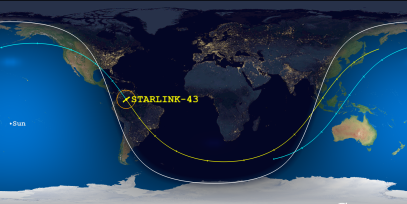Starlink: Transforming Global Internet Connectivity

Introduction
In an age where reliable internet access is essential for communication, business, and education, Starlink, a satellite internet constellation being constructed by SpaceX, is emerging as a game-changer. Launched to provide high-speed internet to underserved and remote regions around the world, Starlink is rapidly gaining attention as it promises to bridge the digital divide and enhance connectivity for millions.
The Launch and Expansion of Starlink
Since its first public beta launch in October 2020, Starlink has captured the interest of users in more than 30 countries. Unlike traditional internet service providers that rely on ground-based infrastructure, Starlink utilizes a constellation of low Earth orbit (LEO) satellites. As of October 2023, SpaceX has successfully deployed over 3,500 satellites, with plans to increase the count significantly, thus expanding coverage and bandwidth.
Starlink’s primary advantage lies in its ability to deliver internet access even in the most remote locations. This service is particularly valuable in rural areas where traditional cable or fiber connections are cost-prohibitive or non-existent. Recent studies estimate that an additional 3.4 billion people worldwide lack reliable internet access, and Starlink aims to address this critical issue.
Impact and Developments
In July 2023, Starlink made headlines by entering partnerships with governments and educational institutions to facilitate internet access in remote schools. These initiatives aim to enhance educational resources and opportunities for students in underserved regions. Furthermore, the introduction of Starlink Maritime provides high-speed internet access for vessels at sea, showcasing its diverse application potential.
Despite its rapid growth, Starlink faces challenges, including concerns about space debris and regulatory approval in some regions. The rising number of satellites has sparked debates about the sustainability of low Earth orbit operations and their impact on astronomical research.
Conclusion
As Starlink continues to expand its satellite network and improve its services, it holds the potential to transform how people around the world connect to the internet. The implications for education, business, and communication are profound, especially in areas that have long been neglected by traditional internet providers. While challenges remain, the ongoing developments of Starlink indicate a promising future where global connectivity is within reach for everyone.








